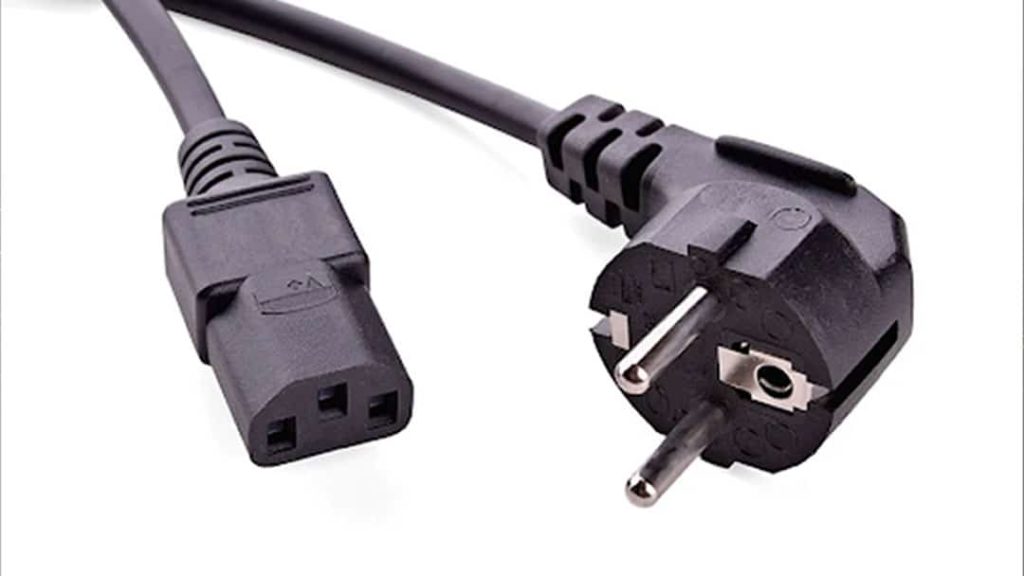Decades ago, it was common practice for a business to keep with a single vendor. By doing this, a business ensured its IT infrastructure remained streamlined from end to end. However, many of the negative factors against a multi-vendor network have now been solved, meaning a single vendor may not always be the right choice for a business anymore.
For example, many businesses are now opting to go with a smart building for the initial construction phase. A smart building implements IoT (Internet of Things) technology that truly shines when combined with multi-vendor network solutions.
Related: Why Build a Smart Building? 3 Benefits to Recognize
What Is a Multi-Vendor Network?
A multi-vendor network environment is made up of hardware and software that originates from more than a single vendor. For example, a data center might use Dell for its servers, routers, etc. For data privacy compliance monitoring, this same data center might go to a different vendor, like OneTrust, for that specific service. This is called a multi-vendor environment.
A multi-vendor network is a hybrid approach to solving specific business problems. By contrast, using one provider for solutions is a single-vendor environment.
Whether you need a multi-vendor networking environment, smart building improvements, or data center solutions, our team at C&C Technology Group is here to help. Call 888-263-5672 or send us a message online to learn more!
Multi-Vendor vs. Single-Vendor Environment

Choosing a multi-vendor environment versus a single-vendor comes down to how it’ll affect functionality and how easy implementation will be. Here are some of the pros and cons when looking at multi-vendor network solutions vs. single-vendor environments:
Functionality
One of the most significant issues with a single-vendor environment is the lack of functionality to address every problem. Departments in a business will often push for a specific solution because it can solve their particular pain point.
Single-vendor environments typically lack the means to cope with the needs of a business from start to finish. Because of this, IT sometimes might try to develop workarounds. Unfortunately, the most common outcome of this is a cumbersome network.
Implementation
Implementing a single-vendor environment in a business is a more straightforward process. Companies can avoid compatibility issues because all tools are designed to work together correctly.
When it comes to a multi-vendor environment, implementation can get tricky. Tools might be incompatible and refuse to work together as a comprehensive whole.
Maintenance
No matter what configuration a business uses, updates and maintenance are necessary. Upgrades to a single-vendor environment are often simple since they come from a single provider and can address the entire system. A multi-vendor environment will have updates from different sources, which can lead to various bugs.
In short, the more complex a network is, the more difficult maintenance becomes. A multi-vendor environment must be able to accommodate troubleshooting and managing any problems arising from an update affecting another system.
User Adoption
User adoption can be challenging in a single-vendor environment. Departments are left trying to cobble together a solution that’s only partially functioning. Users can access relevant tools to address specific issues in a multi-vendor environment.
Related: Data Integration Architecture for Smart Buildings
Reasons to Invest In a Multi-Vendor Network
For many small businesses, staying in a single-vendor environment may be more feasible. However, enterprises can gain a distinct advantage over their competitors when implementing a multi-vendor network environment.
The decision to go with a multi-vendor environment should come from various factors. Here are a few reasons why a business, such as a data center, should choose to use multiple vendors for its network solutions:
Best of Breed Products
A “best of breed” product means it is a product or service that’s the best of its type. The thing is, most manufacturers aren’t the best at producing every product needed by an industry.
When a business has a single vendor, they are locked in using whatever one vendor can provide. The company doesn’t have the option to explore best-of-breed products.
If a business wants a network comprised of the best components, then it’ll need the flexibility of having a multi-vendor environment.
Enhanced Network Functionality and Agility
When a business has a multi-vendor environment, it can introduce more functionality to the network using an exhaustive choice of equipment and tools provided by different manufacturers. This gives a business the agility it needs to find the best solutions to its problems.
Single-vendor environments come up short in solutions to a diverse range of business needs.
Cost Savings Potential
Cost savings can and will vary for every business based on the scope of its needs. A single vendor might award business discounts. Sometimes, the cost of buying and maintaining tools from various vendors can prove too steep.
This isn’t always the case, though. In many instances, a multi-vendor network can help a business cut spending in both operations and capital. A multi-vendor environment ensures a business has the option to shop for better prices from any third-party manufacturer.
Easy Procurement
Supply chain interruptions are an unfortunate fact of business. With a single-vendor environment, a business is bound to feel the pressure much more than those with a multi-vendor network.
When a business doesn’t have the capability to accept hardware from a different provider, it is stuck with waiting. Enterprises with a multi-vendor network environment can readily accept equipment from other providers. So if a manufacturer has a long wait time or is priced too high, you can shop around for another vendor.
Does your business need a multi-vendor network solution to address pain points? Contact C&C Technology Group today to get help with a seamless transition today!
Embrace Multi-Vendor Network Solutions for Your Business

It’s clear that it’s time to rethink the outdated belief that a single-vendor environment is the only way to ensure streamlined implementation. Technology has improved in leaps and bounds, and the hurdles of a multi-vendor environment have significantly decreased.
A multi-vendor environment gives a business improved performance optimization and the flexibility to pivot within its industry when needed. Give your business the ability to grow with ease, and consider adopting a best-of-breed technology approach.
Related: 10 Best Data Center Migration Practices
Last Updated on June 8, 2023 by Josh Mahan




